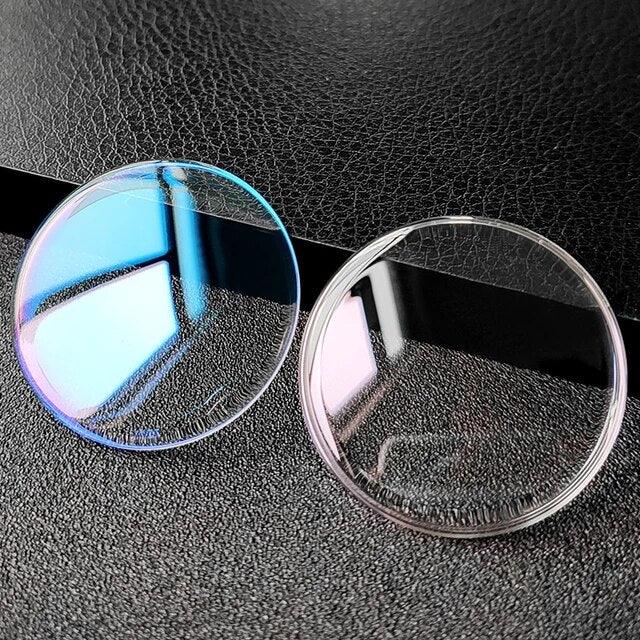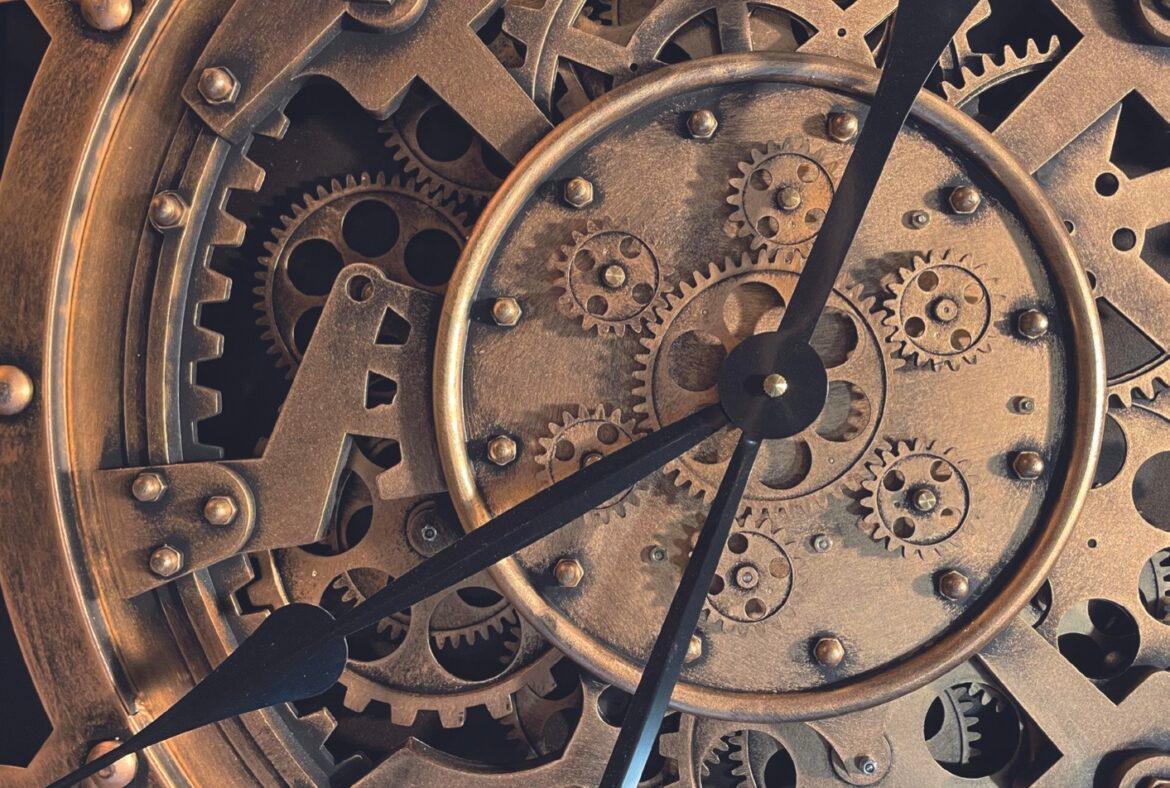
Differences between sapphire, plastic, hesalite, mineral glass
When it comes to watches, we often focus on the design, mechanics, and style features. But there is one key aspect that often goes unnoticed: the glass that protects the dial. In this article, we will explore the differences between the various types of glass used in watches, from traditional mineral glass to sophisticated sapphire glass, to the lesser-known hesalite or plastic glass.
Plexiglass or Acrylic
Plexiglass is a type of transparent plastic material also known as PMMA (polymethyl methacrylate). It is lightweight, impact resistant, and offers optical clarity similar to glass. Because of its flexibility and low cost, plexiglass is often used in sports watches and vintage models. However, it is prone to scratches and may require special care to keep it in good condition over time.
Hesalite Glass or Plastic
Hesalite or plastic glass is a less common choice than mineral glass and sapphire glass, but it does have some unique characteristics. Made from polycarbonate or other thermoplastic materials, hesalite glass is extremely lightweight and flexible, making watches with this type of glass ideal for sports and adventure activities. However, hesalite glass is more susceptible to scratches than mineral glass and sapphire glass and may require more frequent replacement.
Mineral Glass
Mineral glass is the most common type of glass used in watches. It is made of a mixture of sodium and calcium silicate and is heat treated to increase its resistance to impact and abrasives. Its main characteristic is scratch resistance, making it a popular choice for many watches. However, it is less resistant to impact than other types of glass.
Sapphire Crystal Glass
Sapphire crystal represents the pinnacle of materials engineering in the watch industry. Made from synthetic sapphire, this material offers extreme hardness, ranking second only to diamond on the Mohs hardness scale. Its scratch resistance makes it the preferred choice for high-end watches, providing reliable protection for the dial.
In addition, sapphire crystals boast exceptional transparency and superior optical clarity compared to mineral crystals. This feature minimizes visual distortion and ensures a clear view of the dial in any lighting condition. In addition, the surface of sapphire crystal is designed to minimize reflections, allowing optimal readability of the watch even under direct sunlight.
Despite its superior performance, it is important to note that sapphire crystals tend to be more expensive than mineral crystals or other materials. However, for watch enthusiasts who seek the highest quality and performance, investing in sapphire crystal can be considered a long-term added value to the durability and aesthetics of their watch.
Anti-scratch and anti-reflective treatments
Many high-end watches with sapphire crystals are also treated to further enhance their performance. The anti-scratch treatment applied to sapphire crystals ensures greater resistance to scratches, protecting the dial from the inevitable signs of wear. This is especially important for those who use their watches in situations where they are exposed to frequent contact or abrasion.
Additionally, many high-end watches also feature anti-reflective treatments, which reduce unwanted reflections on the glass surface. This not only improves the visibility and clarity of the dial, but also reduces eye strain caused by reflections, especially in bright or artificial lighting conditions.
Conclusion: Ultimately, choosing the type of glass for your watch depends on your personal preferences, budget, and the intended use of the watch. Mineral glass is an affordable and durable option, while sapphire glass offers the highest hardness and transparency, albeit at a higher price. Sapphire crystal glass is a middle-of-the-road option for those looking for a compromise between performance and cost. We hope this guide will help you make an informed decision when purchasing your next watch.
